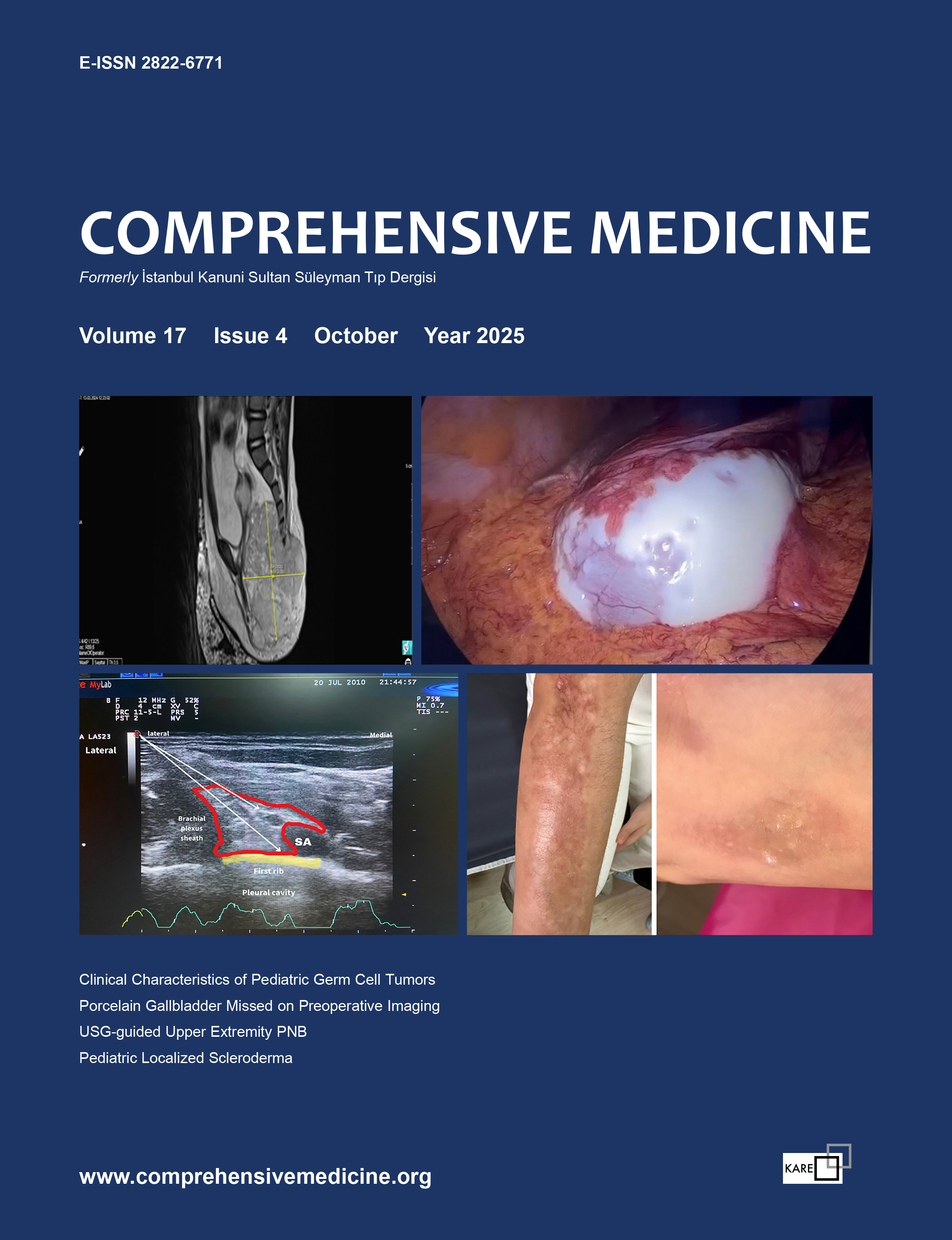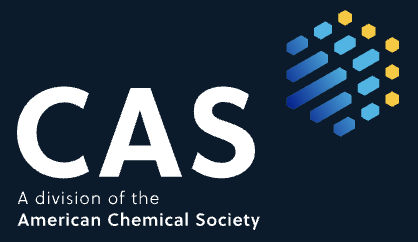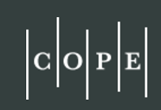Comparison of The Postoperative Analgesic Effects of Wound Infiltration with Bupivacaine and Levobupivacaine in Patients Undergoing Inguinal Hernia Surgery
Başak Kutluyurdu1, Serdar Demirgan2, Abdullah Tolga Şitilci3, Tolga Totoz4, Mustafa Ferhat Çolak5, Mehmet Salih Sevdi4, Sezen Kumaş Solak5, Emine Tozan6, Ebru Burcu Demirgan71Bahçelievler Medicana Hospital Anaesthesiology Department2Düzce Atatürk State Hospital Anaesthesiology Department
3İstanbul University Dentistry Faculty Anaesthesiology Department
4Bağcılar Education And Research Hospital Anaesthesiology Department
5Ordu State Hospital Anaesthesiology Department
6İstanbul Universty İstanbul Medicine Faculty
7Düzce Atatürk State Hospital Pediatri Department
OBJECTIVE: The aim of our study is the effectivity of wound infiltration of patients undergoing inguinal hernia surgery with bupivacaine and levobupivacaine, using catheter placed under the skin, and compare the postoperative pain, analgesic consumption, adverse effects and patient satisfaction between the groups.
METHODS: A randomized, prospective, double-blind study is planned, 60 patients undergoing inguinal hernia operations were included in the study. Standard general anaesthesia technique was used in all patients, the epidural catheter was inserted under the skin by the surgeon at the end of the operation. Group 1 (n = 20) to 0.25% bupivacaine through the catheter, after the 20 mg (8 ml) bolus of 17,5 mg (7 ml) / h at the speed of using the epidural catheter through the PCA pump infusion for 24 hours. Group 2 (n = 20) through the catheter to levobupivacaine 0.25%, after 20 mg (8 ml) bolus of 17,5 (7 ml) / h at the speed of using the epidural catheter through the PCA pump infusion for 24 hours. Group 3 (n = 20) to 0.9% sodium chloride through the catheter, after the 8 ml bolus of 7 ml / h at the speed of using the epidural catheter through the PCA pump infusion for 24 hours.
In the assessment of postoperative pain, the Wong-Baker Pain Scale (WBPS) was used. The faces range from a smiling face to a sad, crying face. A numerical rating is assigned to each face (from 0, “no hurt” to 5, “hurts worst”) of the WBPS. In the postoperative 0, 2., 4., 6., 12. and 24. hours mobile and immobile WBPS values, side effects, additional analgesic consumption were recorded. Twenty-four hours later, patient satisfaction and recommendation were questioned.
RESULTS: WBPS values at 0 th hour was significantly lower in Group 2 postoperative 2, 4, 6, 12, 24th hour. WBPS scores were significantly higher in Group 3.
Movement WBPS values in Group 3 was higher than the other groups, this difference of 4, 6, 12, 24th hours were significantly higher. Comparing with group 1 and group 2; in 4, 6, 12th hours has no difference, whereas at 24th hour, Group 1 Group 2 was superior in value per hour WBPS in movement.
According to the groups of patients, no statistically significant difference was found between the distributions of side effects.
Additional analgesic requirements was significantly higher in Group 3. There was no significant difference in Group 1 and Group 2. In Group 3 patients both satisfaction and recommendation scores was lesser comparing with other groups.
CONCLUSION: As a result, patients undergoing inguinal hernia surgery, catheter inserted wound infiltration of bupivacaine and levobupivacaine provides efficient postoperative analgesia than the control group. However, both drugs demonstrated no superiority to each other.
Keywords: Bupivacaine, Levobupivacaine, infiltration anesthesia, postoperative analgesia, inguinal hernia.
İnguinal Herni Nedeni İle Opere Edilen Hastalarda Postoperatif Analjezi Sağlamak İçin Yara Yerine İnfiltre Edilen Bupivakain ve Levobupivakainin Karşılaştırılması
Başak Kutluyurdu1, Serdar Demirgan2, Abdullah Tolga Şitilci3, Tolga Totoz4, Mustafa Ferhat Çolak5, Mehmet Salih Sevdi4, Sezen Kumaş Solak5, Emine Tozan6, Ebru Burcu Demirgan71Bahçelievler Medicana Hastanesi Anestezi Kliniği2Düzce Atatürk Devlet Hastanesi Anestezi Kliniği
3İstanbul Üniversitesi Diş Hekimliği Fakültesi Aneztezi Klinği
4Bağcılar Eğitim Ve Araştırma Hastanesi Aneztezi Kliniği
5Ordu Devlet Hastanesi Aneztezi Kliniği
6İstanbul Üniversitesi İstanbul Tıp Fakültesi
7Düzce Atatürk Devlet Hastanesi Çocuk Sağlığı Ve Hastalıkları Klinği
AMAÇ: Çalışmamızın amacı; inguinal herni operasyonu geçirecek hastaların cilt altına yerleştirilen infiltrasyon kataterinden verilen bupivakain ve levobupivakain infiltrasyonunun, kontrol grubu ile karşılaştırarak postoperatif ağrı, analjezik tüketimi, yan etkiler ve hasta memnuniyeti üzerine etkinliğinin karşılaştırılmasıdır.
YÖNTEMLER: Randomize, prospektif olarak planlanan çalışmada, inguinal herni operasyonu geçirecek 60 hasta çalışma kapsamına alındı. Standart genel anestezi protokolü uygulanan hastalara, operasyonun sonunda cerrah tarafından cilt altına epidural kateter yerleştirildi. Grup 1 (n=20)’ e epidural kateterden % 0,25 bupivakain, 20 mg (8 ml) bolus yapıldıktan sonra 17,5 mg (7 ml)/ saat hızında hasta kontrollü analjezi ( HKA ) cihazı kullanılarak 24 saat süre ile infüzyon yapıldı. Grup 2 (n=20)’ ye epidural kateterden % 0,25 levobupivakain, 20 mg (8 ml) bolus yapıldıktan sonra 17,5 mg (7 ml)/ saat hızında HKA cihazı kullanılarak 24 saat süre ile infüzyon yapıldı. Grup 3 (n=20)’ e epidural kateterden % 0,9 sodyum klorür 8 ml bolus yapıldıktan sonra 7 ml/ saat hızında HKA cihazı kullanılarak 24 saat süre ile infüzyon uygulandı.
Postoperatif ağrı değerlendirilmesinde; ağrının sıfırdan beşe kadar derecelendirilmiş yüz ifadeleriyle tarif edildiği ve gülen yüzün sıfır puan yani ağrı yok olarak, ağlayan yüzün beş puan yani çok şiddetli ağrı olarak tanımlandığı Wong Baker Ağrı Skalası ( WBAS ) kullanıldı. Postoperatif 0, 2, 4, 6,12 ve 24. saatlerde hareketsiz ve hareketli WBAS değerleri, yan etkiler, ek analjezik tüketimi kaydedildi. Yirmidört saat sonunda hasta memnuniyeti ve tavsiyesi sorgulandı.
BULGULAR: WBAS değerleri 0. saatte Grup 2’ de anlamlı derecede düşük bulundu. Postoperatif 2, 4, 6, 12 ve 24. saat WBAS değerleri Grup 3’ de anlamlı derecede yüksek bulundu.
Hareketli WBAS değerleri Grup 3’ de diğer gruplara göre yüksek olup, bu fark 4, 6,12 ve 24. saatlerde anlamlı derecede yüksek bulundu. Grup 1 ve Grup 2’ de ise 4, 6, 12. saatlerde bir fark gözlenmezken, 24. saatte Grup 2’ nin hareketli WBAS değeri Grup 1’ den yüksek olarak bulundu.
Gruplara göre olguların yan etki dağılımları arasında istatistiksel olarak anlamlı farklılık bulunmadı.
Ek analjezik tüketimi Grup 3’ te istatistiksel açıdan anlamlı derecede yüksek bulundu. Grup 1 ve Grup 2’ de anlamlı farklılık bulunmadı.
Hasta memnuniyeti açısından karşılaştırıldıklarında Grup 3’ ün memnuniyet skoru diğer gruplardan anlamlı derecede düşük bulundu. Aynı şekilde tavsiye skoru olarak da Grup 3 anlamlı şekilde düşük bulunurken, Grup 1 ve Grup 2 arasında anlamlı fark bulunmadı.
SONUÇ: Sonuç olarak, inguinal herni operasyonu geçiren hastalara cilt altına yerleştirilen infiltrasyon kataterinden bupivakain ve levobupivakain infiltrasyonu, kontrol grubuna göre daha etkin bir postoperatif analjezi sağlamaktadır. Ancak iki ilacın birbirine üstünlüğü gösterilememiştir.
Anahtar Kelimeler: Bupivakain, levobupivakain, infiltrasyon anestezisi, postoperatif analjezi, inguinal herni.
Manuscript Language: Turkish






















